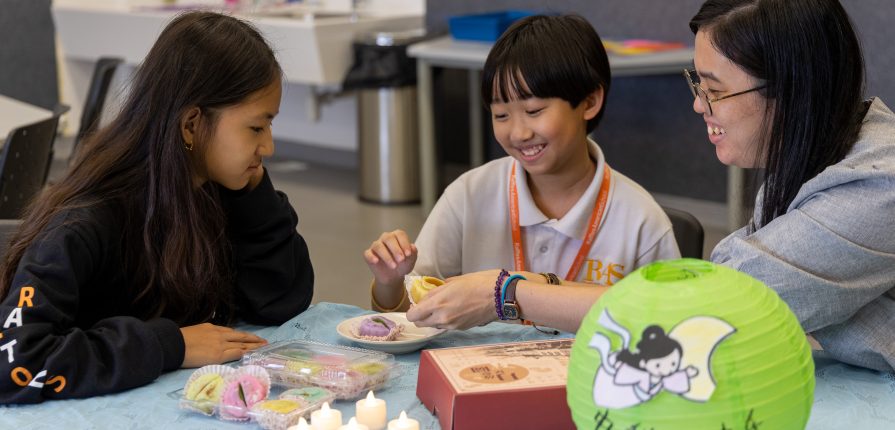What is Mid-Autumn Festival
Also referred to as Mooncake festival, Lantern festival, and many other names, Mid Autumn Festival is celebrated annually on the 15th day of the 8th month on the Lunar calendar. The name comes from the fact that the 15th day is in the middle of the 8th month, which is also in the middle of autumn. Historically, Chinese emperors from the Zhou Dynasty (1046 B.C – 256 B.C would make sacrifices to the moon and pray to have a good harvest for the next year. Gradually though locals followed the tradition and today, it is the second most popular festival in China and other parts of Southeast Asia, such as Singapore and Malaysia.
Origin Stories
The Story of Chang Er and Hou Yi
The most popular mythical story associated with the Mid Autumn festival is the story of Hou Yi and his wife Chang Er. The story describes Hou Yi as a strong archer who was happily married to Chang Er, a beautiful and kind woman. At some point, the Jade Emperor’s 10 sons have all turned into scorching suns and their unstoppable heat began to make the globe ablaze.
Hou Yi had successfully eliminated nine of the suns and was rewarded with the elixir of Immortality. One version of the story claims that he had kept the elixir in his wife’s safekeeping and as some of his disciples attempted to steal it, Chang Er had no choice but to drink it. As a result, she floated to the moon and could not reverse the effect.
Another version of the story claims that Hou Yi and Chang Er were previously immortal beings that used to live in heaven. After defeating the nine suns, the Jade Emperor became enraged and extremely sad about their deaths and turned Hou Yi and Chang Er to mortal beings, descending them to Earth. Hoping to elevate his wife’s grief, Hou Yi went to the Queen Mother of the West and asked for the elixir of Immortality. As she granted him the elixir, one condition was that they must consume it together to become immortal.
Hou Yi returned home and secured the elixir in a case and warned his wife not to drink it before he left her for another mission. However, being in deep grief and eager to return to heaven, she overdosed on the whole vial and instead of floating to heaven, she was only able to reach the moon.
Nonetheless, Hou Yi was extremely upset when he heard the news about his wife and when nightfall came, he went to the moon and called for her. The moon discernible shone brighter than on previous nights and her silhouette seemed to also show.
One ending of the story purports that Hou Yi presented his wife with fruits and cakes until the Mother of the Moon allowed the couple to be brought together every eighth month on the full moon. In another version, Hou Yi was given a cake by the Queen Mother of the Western Paradise that allowed him to resist the heat. Thus, he was able to ascend to the sun and with the help of a special talisman, he was able to reunite with his wife on the 15th of every eighth month.
The Story of the Full Moon and the Rabbit
The rabbit in the moon is known to be another symbol of the Mid Autumn Festival and its story is as moving as Hou Yi and Chang Er’s. It is said that the Jade Emperor (or Buddha in another version) decided to transform into looking like an old beggar and went to search for food. He came across a monkey, fox and rabbit and asked them for help. The monkey brought fruits, the fox brought fish but the rabbit had nothing to offer. The rabbit, engulfed in guilt, apologized and sacrificed himself by jumping into the fire. Impressed by his selfless sacrifice, the Emperor resurrected the rabbit to live eternally on the moon, accompanying Chang Er, who is now referred to as the Moon Goddess.
Traditional Celebrations
Today, the Mid Autumn Festival is celebrated in China annually as well as similar festivals in Japan (Tsukimi), Korea (Chuseok), Vietnam (Tết Trung Thu) and other parts of Southeast Asia with differing traditions. In General, people celebrate it by reuniting with their families like Hou Yi and Chang Er, sharing mooncakes and traditional food, and decorating and lighting lanterns. Gazing and appreciating the full moon is also part of the tradition as it symbolizes family reunion and being at home.
Written and researched by Jumana Raggam


